Teseq NSG 438
Included Accessories
Can't find something? Contact UsRelated Equipment
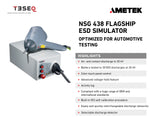
Description
Ergonomic design and advanced functionality. The NSG 438 ESD simulator is designed to sit comfortably in the operator’s hand, with operating conditions constantly displayed and accessible on a bright, clear color touch display.
NSG 438 comprehensively fulfills virtually all international standard requirements. Based on over 60 optional discharge networks, the NSG 438 can meet any of today’s automotive manufacturers’ standards.
The simulator is simple, convenient and safe to use. The whole range of parameter settings including polarity selection, freely adjustable pulse repetition, counter functions and discharge detection is available up to the maximum discharge voltage.
The color touch display and keypad for parameter input shows the precise functional and test data with user-selectable language for convenient and safe operation worldwide. The simulator contains variable threshold selection for accurate discharge detection. This detection feature can be switched off when testing EUT’s with non-conductive surfaces, such as plastic housings. Pre-programmed settings for IEC 61000-4-2 and ISO 10605 ensure that the simulator is automatically set up correctly and the appropriate discharge network is installed. The actual RC value is displayed at all times. Molded HV discharge networks in solid cases eliminate ionization and leakage current effects. Precisely tuned combinations of RC components guarantee wave shape parameters to be within tolerances. A unique activity log is included so that the types and numbers of ESD simulations can be easily scrolled through to check what has been tested and in what timeframe.
The simulator is recalibrated and adjusted at every start, or with a simple tap of the screen. This built-in calibration and self-test feature, in conformance with the ISO standard can save considerable time.
For extra safety, an interlock and an emergency stop switch is built in. Additional features include freely adjustable pulse repetition rate, a special random generator function and an optional charge remover for discharging the EUT.
- Technical specifications
- Basic set:
- Carrying case with: discharge pistol, cradle for discharge pistol, high voltage base unit with built-in battery pack, mains adapter and battery charging unit (100 to 250 VAC), discharge network 150 pF / 330 Ohm, air- and contact-discharge tips, grounding cable, user manual, 25 mm discharge sphere
- Pulse networks:
- Network 150 pF / 330 Ohm as per IEC / EN 61000-4-2 and ISO 10605 (included)
Optional ISO 10605 networks 330 pF / 330 Ohm, 150 pF / 2 k Ohm and 330 pF / 2 k Ohm
Range of RC networks for other standards: R = 0 ? to 20 k?; C = 50 to 2000 pF - Discharge voltage:
- Air-discharge: 200 V to 30 kV (in 100 V steps)
Contact-discharge: 200 V to 30 kV (in 100 V steps) - Discharge tips:
- Ball and point as per IEC and specials, exchangeable by threaded cap
- Charging voltage measurement:
- kV, accuracy better than +/- 5% (stabilized)
- Discharge detection:
- Indicated by the kV symbol being displayed in inverse also acoustically in the Single operating mode. Adjustable threshold level
- Holding time:
- > 5 s (charging voltage +5%)
- Charge resistor:
- 50 Mohm
- Polarity:
- Positive / negative / automatic change
- Operating modes:
- Single / repetitive / random (time / pulse)
Pulse counter: 0 to 9999
Pre-select counter: 0 to 9999
Repetition:
- 0.5 / 1 / 5 / 10 / 20, 25 Hz (air)
- 0.5 / 1 / 5 / 10 H or 20 Hz (contact)
- freely selectable from 0.04 to 300 s
- continuous operation - Display:
- LCD panel showing: charging voltage, breakdown event, polarity air- / contact-discharge, counter / preselect counter content, network parameters, battery monito
- Weight:
- Discharge pistol (w / o cable): 1.2 kg (2.6 lbs) approx.
Base unit: 6.5 kg (14.3 lbs) approx - Ambient conditions:
- Operation: +5 to +40C, 20 to 80% r.h. (non-condensing), 68 to 106 kPa
- Accessories:
- Fast risetime test tip.
- INA 4411 - Where the rise time of 0,8ns speficied in most standards represents more than 80% of real cases, in extreme cases an ESD event may be faster. This can be simulated using this fast rise time test finger which generates rise times around 0,4ns.
- Remote discharge tip with extension
- INA 4413-xx - For applications where ESD pistol needs to stay away from EUT. Consists in banana tip, HV extension cord of 1,5m, ended with resistor unit and set of air and contact test finger.
- Air discharge ball (Discharge sphere)
- INA 4414 -25mm diameter test tip adapter to be fixed on 8mm air discharge test finger. To minimize corona discharge when testing in air discharge mode for higher voltages.
- Flexible tip set
- INA 4415 - Where the application makes access of EUT discharge point difficult. Approx. 30 cm flexible extension adapter tips. Set of 2 tips, for air discharge and contact discharge mode
- Soft touch contact tip
- INA 4416 - Very convenient adapter tip to test connector pins
- Banana contact tip
- INA 4417 - To adapt to 4mm banana plugs
- Banana fastrisetime tip
- INA 4418 - To adapt to 4mm banana plugs.
- E-field adapter
- INA 4419
- H-field adapter
- INA 4420
- Tripod support for NSG 437, 438.
- INA 4421 -To adapt NSG 437 or 438 pistols to classics tripods as generally used for cameras
- Carry case for NSG 437/438
- INA 4423 - Includes foam with professional cut outs for NSG 437, 438 and accessories.
- Charge remover NSG 438
- INA 4430



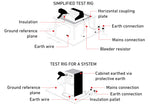

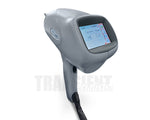
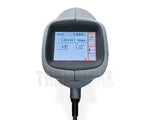
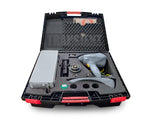
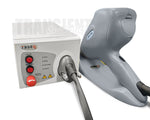
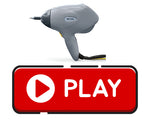
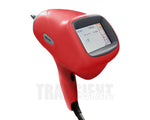
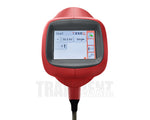
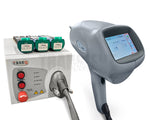
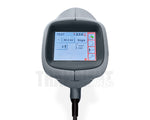
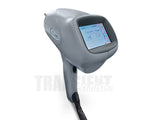
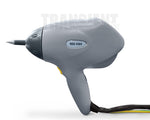
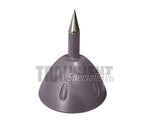
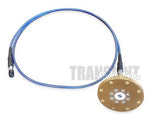
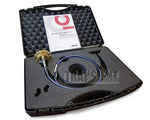
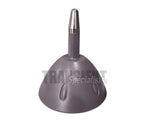
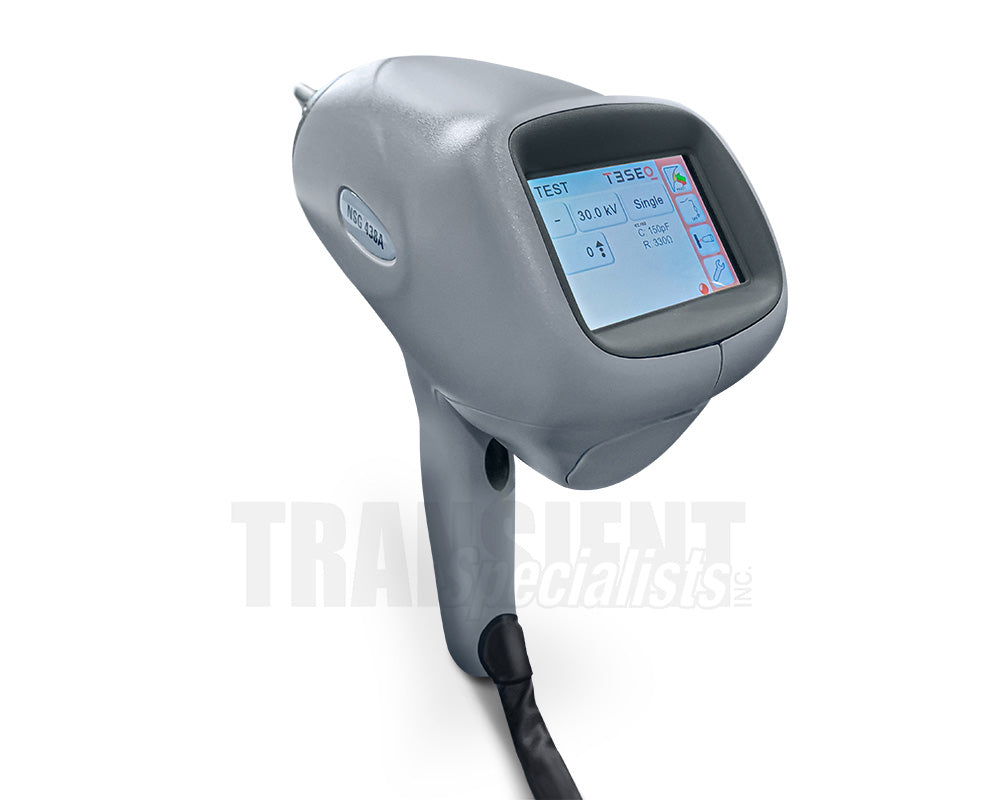

 info@transientspecialists.com
info@transientspecialists.com